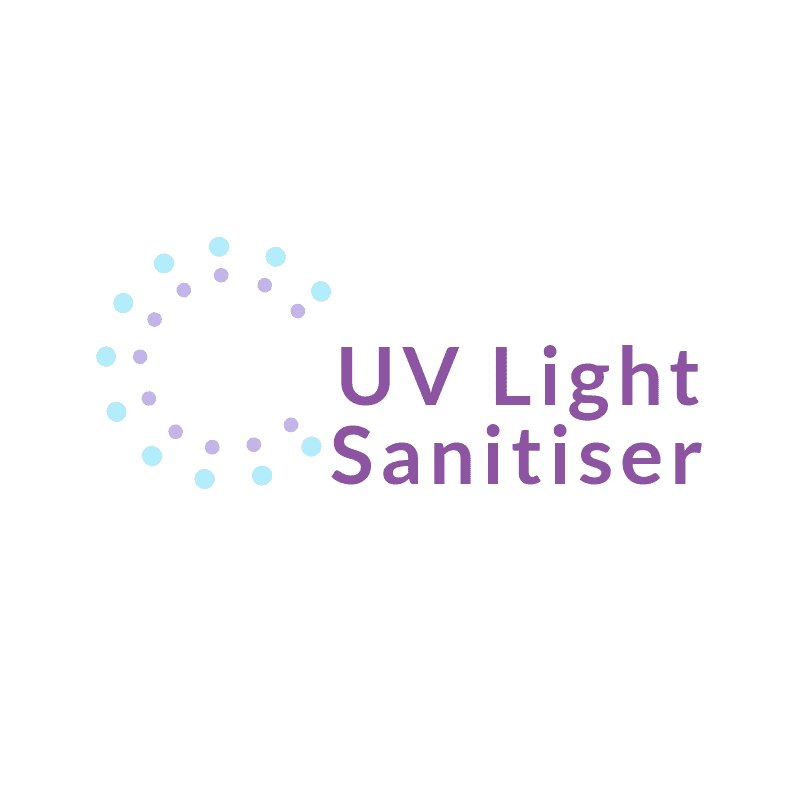In a pandemic, people tend to seek treatment, so it is not surprising that the global COVID-19 outbreak is not surprising that people are looking for something that can protect them. Where demand is high, supply will increase soon, and many people provide suspicious supplements or tools online to help protect themselves from what is commonly called a coronavirus. One of the most popular is the Travel UV Sanitising Wand, which is expected to use ultraviolet light to easily kill bacteria.
What does ultraviolet light do?
Ultraviolet rays are a type of electromagnetic radiation. A specific subtype, called UV-C (280-100 nanometer wavelength), can destroy viruses and bacteria (and human tissues), destroying the DNA / RNA of viruses and bacteria, so they cannot replicate. In response to the pressure caused by the COVID-19 epidemic, hospitals use large ultraviolet lamps (sometimes connected to robots) to disinfect rooms.
Ultraviolet C (UVC), emitted by these portable devices, has the ability to be sterilized, but it is unclear whether one of them can prevent human infection. The idea is to put a wand in objects like a remote control, phone, door knob, toothbrush, or toilet seat, and then the bacteria will disappear.
Eco-friendly sanitizing wands reduce the need for irritants, harmful chemicals, rags, or sprays. The same technology is used to disinfect medical instruments in hospitals. This can help eliminate bacteria, viruses, fungi, mold, etc. on most household and personal items. UV LED lighting technology can also remove odors, bacteria, and dust that can cause splenitis, pneumonia, asthma, and allergies.
UV Sanitizers for Travel
Even without the current health threat, a portable Travel UV Sanitising Wand can be a good investment. Choose one to keep your EDC clean and sterile. And bring a light or stick to use anywhere on the road or at work. They are completely safe for electronic devices, and most of them have security features that prevent light from penetrating into the skin or eyes.
Throughout the house it is very suitable for remote control, game consoles and controllers, door handles, etc. In the kitchen, sterilize all surfaces and utensils that you and everyone else in your home often comes into contact with. Faucet Handles, Cabinet Handles, Refrigerator Handles, Coffee Makers etc.
Very suitable for a hotel or vacation room. You can sanitize and disinfect sinks and appliances, TV remote controls, door handles, bedspreads, towels and sheets, and even ice cubes.
In the office: see your keyboard or mouse at work. Or a pen on the desk. Door handles and pulls. Conference room equipment and armrests. In fact, Mao, they all allow you to disinfect and disinfect.
Of course, there is your mobile phone. The kind of disgustingly important equipment you constantly test. Do you know that the phone has 10 times more bacteria than the toilet? Do you play on average 80 times a day? When you use one of these amazing charging devices, disinfect it completely. You will never see it over and over again.
A 2014 study in the American Journal of Infection Control showed that a stick can kill 100% of bacteria commonly found on the surface in just 5 seconds and inactivate 90% of especially hard bacteria in 40 seconds. Spore-forming bacteria. According to the researchers, UVC equipment is a reasonable alternative to using chemicals to disinfect surfaces.
The Problem with UV Light Disinfectants
Sunlight is said to be the best disinfectant, but should you fill your Amazon basket with UV sticks or soap and water? Kim Trautman, Executive Vice President of Medical Equipment for NSF International, a product testing, inspection and certification organization, has this to say about UV light disinfectants.
If this is good enough for the hospital, then it may be enough for your home, right? Incomplete. There are many problems with using a travel UV sanitising wand to clean houses. First, if you don’t live in an empty room, ultraviolet radiation will do little good.
Trautman said: “Most science shows that the effectiveness of ultraviolet light is really on a flatter surface.” “It doesn’t work well in corners and spaces because it’s a spectrum of visible light. If light cannot penetrate, this will not produce the same effect. So if you have curves and spaces, the bacteria in these curves and spaces will not be exposed to ultraviolet radiation. “
Then the problem of scale arises: a UV pencil can cover only a small surface area, so if you want to disinfect the entire room, it may take some time.
“If you see multiple photographs of the hospital rooms used for this purpose,” Trautman explained, “they are very large. They are not just wand-shaped hand objects. You have to put something in the room correctly.” Position it so that it can radiate. If it doesn’t emit 360 degrees, it must have some sort of “rotation mechanism” to ensure processing of the entire room.
Are UV Travel Sanitizers Effective?
Among the many problems associated with using UV rods for sterilization, Trautman emphasized the danger that UV light poses to human meat.
She said: “As much ultraviolet light as possible destroys cell walls, proteins, bacteria and viral membranes.” It is also carcinogenic or can cause cancer that affects people. This is the ultraviolet spectrum that tanned us. Therefore, exposure to human skin and eyes is harmful to the human body. Therefore, this is not an easy task. “
These robots do their work when the patient is out of the room. In fact, UV-C sanitizing wands require someone to hold it. Looking at some of the UV disinfectants available on Amazon, it appears that none of them are equipped with protective gear, although it is clearly indicated that customers should wear safety glasses when wearing them. If the device can destroy the virus, it can also damage it.
Regulations
With the arrival of a large number of ultraviolet devices on the Internet, it is important to note that many of them are marketed without the permission of medical institutions.
Trautman said: “In most cases, if an ultraviolet lamp is used for things that do not have medical requirements, the FDA will not intervene. “I have seen many of these containers with ultraviolet radiation, which they say can put your phone.” The FDA is not involved in such commercial applications. “
However, even if the wand is functional, its disadvantages outweigh the use: UV radiation is only suitable for flat surfaces. You don’t know how long it takes to disinfect the surface to kill the coronavirus, and it can hurt you. process.
What if you are concerned about a coronavirus on a countertop? Trautman’s recommendation is to trust the Centers for Disease Control and Prevention (CDC), which has recommendations for people to disinfect themselves at home. “Everything else is pure speculation, and the science doesn’t exist yet,” Trautman said.

